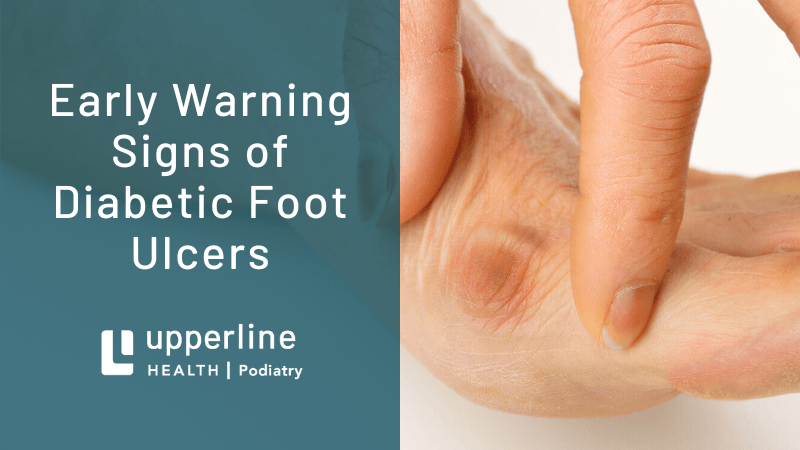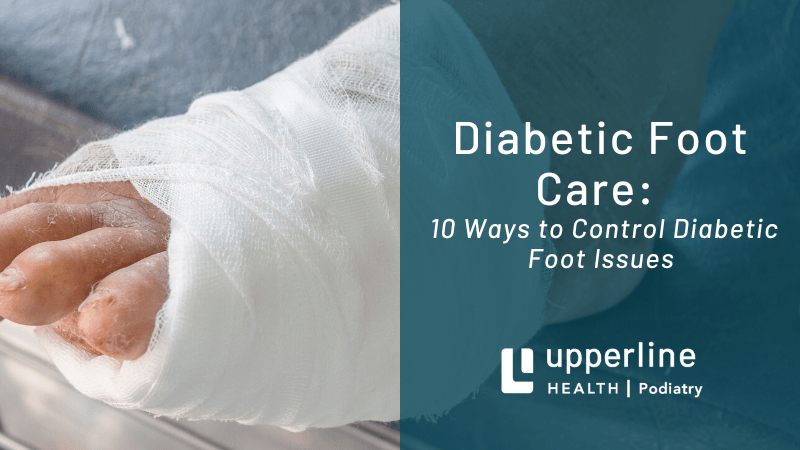When You Should See A Podiatrist For Foot Pain
April 24, 2019
We've all experienced the aching, uncomfortable foot pain associated with standing for long periods of time. Similarly, we've all felt the relief of kicking off our shoes and dropping into our favorite chair after a long day on our feet. Propping up our feet, soaking them in the tub or getting a good night's rest is often the best cure for sore feet, but what if your pain was something that never went away? What if you felt the uncomfortable pain in your feet 24/7, either while sitting or standing, and no matter how many ways you tried to find relief? What if chronic foot pain was your daily norm?
Luckily, most foot pain is easily treatable and can simply be traced back to causes related to overexertion or improper footwear; resting your aching feet or purchasing a new pair of shoes may be the only "treatment" needed. But if your pain becomes unbearable and is accompanied by specific symptoms such as numbness, swelling or tingling, scheduling an appointment with a trained podiatrist or foot care specialist is vital to your overall health since the foot pain could be symptomatic of a greater health issue.
What causes foot and heel pain?
Foot and heel pain
affects most of us in some manner, therefore the causes can be numerous. Some causes are obvious, such as overexertion, which could be caused by spending the day on your feet working on a job site or participating in a strenuous physical activity. Other causes of foot and heel pain progress over long periods of time due to a medical condition or can happen quickly due to an injury. These can include the following:
- Arthritis
- Neuromas
- Bone Spurs
- Plantar Fasciitis
- Stress Fractures
- Broken Toe
- Joint Inflammation (Bursitis)
- Corns and Calluses
- Ingrown Toenails
- Tarsal Tunnel Syndrome
- Tendinitis
No matter the cause of your pain, it's always an inconvenience, and relief can't come quick enough. There are a number of at-home remedies that can help ease your foot and heel pain, but there are also many cases where home remedies will only provide temporary relief to a greater problem that only a trained foot care specialist is capable of diagnosing and treating.
Home remedies for foot pain
We've all heard the age-old advice from our doctors and family members to "get some rest" or "take it easy," and that may just be the best advice in many cases of sore feet. There are also a number of over-the-counter pain relievers that can aid in pain relief. Applying heat or cold therapy is often a great way to reduce pain, especially when minor swelling is associated with your foot pain. Simple stretches can work wonders for feet that are stiff or sore, especially after sitting or laying down for extended periods.
Most of these simple treatment methods are great ways to reduce minor foot pain and can be employed as needed. They are often recommended by foot doctors as part of an ongoing treatment plan or to supplement other treatment plans.
When to see a podiatrist
Home remedies are a fantastic means of reducing common foot pain, but if your pain has reached a level that is unbearable or if you are unable to walk due to extreme pain or swelling, contact your doctor or a podiatrist immediately to schedule an appointment.
Severe Pain and Swelling of the Feet
Severe pain and swelling of the feet can leave you helpless, especially if you're unable to bear weight. Your doctor will watch swelling of the feet and ankles carefully because this could be an early sign of heart disease or heart failure. Keeping tabs on the level of pain and the amount of swelling of your feet should be an important part of your daily self care routine.
Open Foot Wounds
If you have ever had a foot wound, even something as simple as a blister on the side of your toe, you know how painful it is to move around. Due to the amount of bacteria on our feet and the amount of pressure placed on our feet when we're standing or walking, foot wounds are at high risk of developing an infection. Non-healing wounds are common among those with diabetes and for those with poor circulation. If you have a wound on your foot that is oozing pus, is causing your enough pain that it's uncomfortable to walk more than a few steps and doesn't appear to be healing or is getting worse, contact your doctor and schedule an appointment.
Numbness and Tingling
Foot pain can be accompanied by numbness or tingling. If you regularly notice a numbness or tingling of your feet or toes, contact your doctor or podiatrist to schedule an appointment.
Fever and/or warmth associated with your feet
If you are running a fever over 100 degrees Fahrenheit and notice pain, redness and swelling of your feet, contact your doctor immediately, as this is indicative of an infection.
Conclusion
Foot pain is a common problem for many people and comes in many forms, from stinging pain to dull pain, and in all levels of discomfort. If you have foot pain after a long day at work or after an intense workout, rest and stretching will probably suffice, but if you suffer from chronic foot pain or severe foot pain that affects your day-to-day life, it's time to visit a podiatrist. Just know that you don't have to live with chronic foot pain; there are specialists and treatment options that can help.
If you are looking for a podiatrist and want the best foot care in Alabama, contact Alabama Podiatry to schedule an appointment today.



